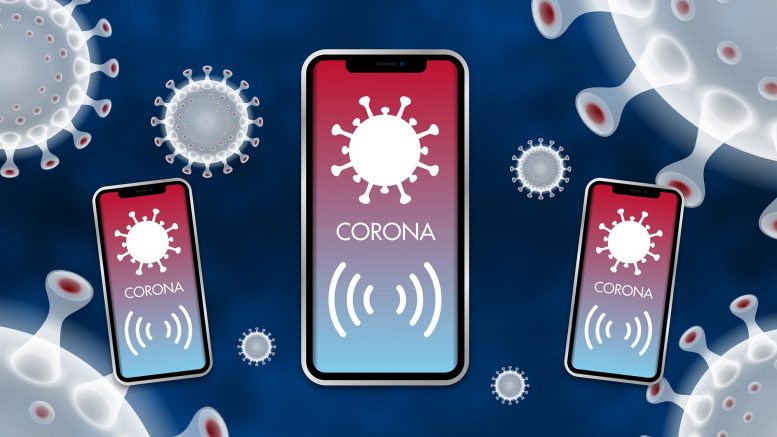
A new study introduces a rapid COVID-19 testing method using a portable saliva-based smartphone platform. Results are delivered within 15 minutes, without the need for lab-intensive tests.
A smartphone-read ultrasensitive and quantitative saliva test for COVID-19.
Offering an ultrasensitive yet accessible approach to COVID-19 testing, a portable saliva-based smartphone platform provides results within 15 minutes without the resource-intensive laboratory tests the current gold standard requires, according to a new study.
The approach was tested in 12 people infected with COVID-19 and 6 healthy controls. Bo Ning and colleagues demonstrate that this technique, which pairs a fluorescence microscope readout device with a smartphone to determine viral load from a CRISPR/Cas12a assay, works as effectively as the well-established quantitative reverse-transcriptase polymerase chain reaction (RT-qPCR) method.
“We believe this smartphone platform, a similar future application, offers the potential to rapidly expand COVID-19 screening capacity, and potentially simplify the verification of contact tracing, to improve local containment and inform regional disease control efforts,” the authors write.
Most COVID-19 tests currently require swabbing the upper part of the throat behind the nose — an uncomfortable process that requires medical professionals in full protective gear to collect samples in airborne infection isolation rooms before running RT-qPCR tests. However, recent studies have found that SARS-CoV-2 may be equally present in the nasopharynx and the saliva during early infection, suggesting saliva-based COVID-19 tests could enable comparably reliable but simpler, safer testing.
To develop a widely accessible platform for saliva-based testing, Ning and colleagues built a prototype assay chip that uses the CRISPR/Cas12a enzyme to enhance an amplified viral RNA target’s signal within a saliva sample. They integrated the chip into a smartphone-based fluorescence microscope readout device, which captures and analyzes images to determine whether the virus is present above a threshold concentration.
The researchers used this design to analyze saliva from 12 patients with COVID-19 and 6 healthy controls, finding that the approach successfully distinguished between patients with and without the virus. Additionally, the researchers compared nasal and saliva swabs from non-human primates before and after infection.
They found higher SARS-CoV-2 RNA levels in the saliva swabs, further suggesting that saliva may provide a robust means of diagnosis after infection. Ning et al. anticipate that a future version of the chip used in this technique could contain pre-loaded reagents and sample controls, and a custom smartphone app could enable secure, wireless test data reporting to support telehealth efforts.
Reference: “A smartphone-read ultrasensitive and quantitative saliva test for COVID-19” by Bo Ning, Tao Yu, Shengwei Zhang, Zhen Huang, Di Tian, Zhen Lin, Alex Niu, Nadia Golden, Krystle Hensley, Breanna Threeton, Christopher J. Lyon, Xiao-Ming Yin, Chad J. Roy, Nakhle S. Saba, Jay Rappaport, Qingshan Wei and Tony Y. Hu, 8 January 2021, Science Advances.
DOI: 10.1126/sciadv.abe3703

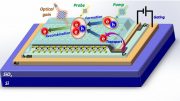
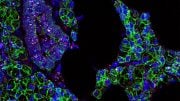
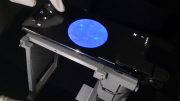
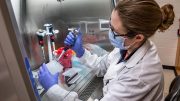
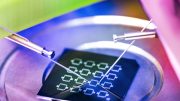
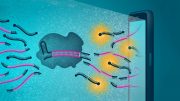
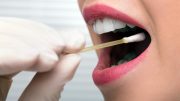
Hello,
I am the COO for BioLife laboratories and BabyCord “Stem Cells Bank”
Can you please share with us the name and the contacts of the company producing this technology?
Thanks!
Maisa